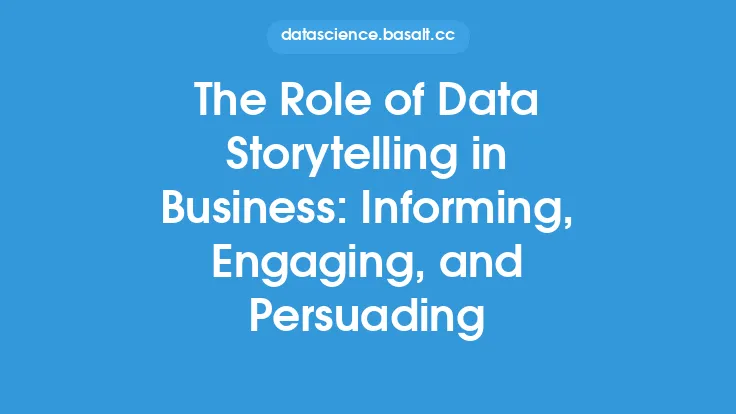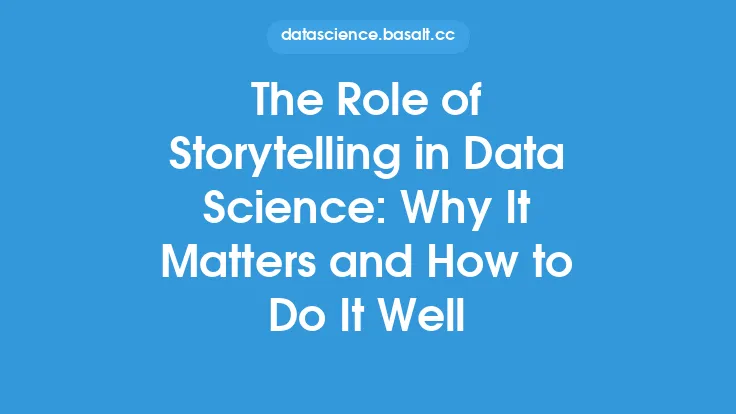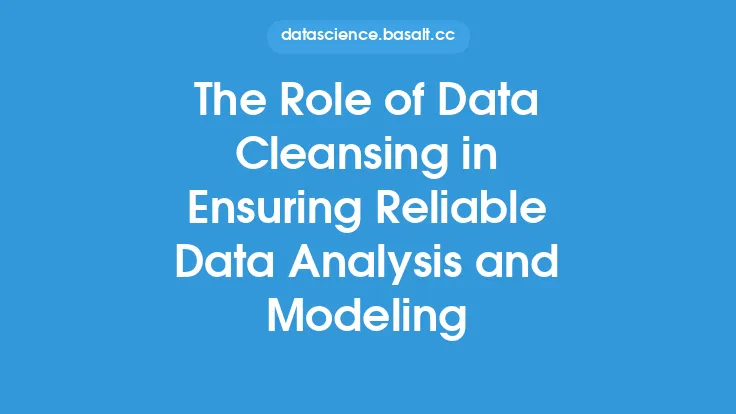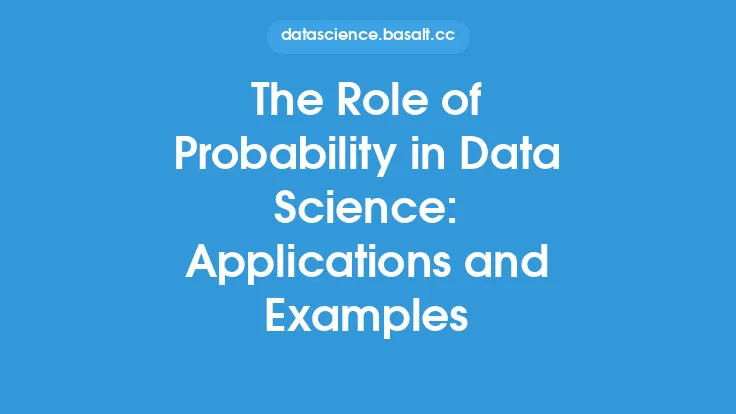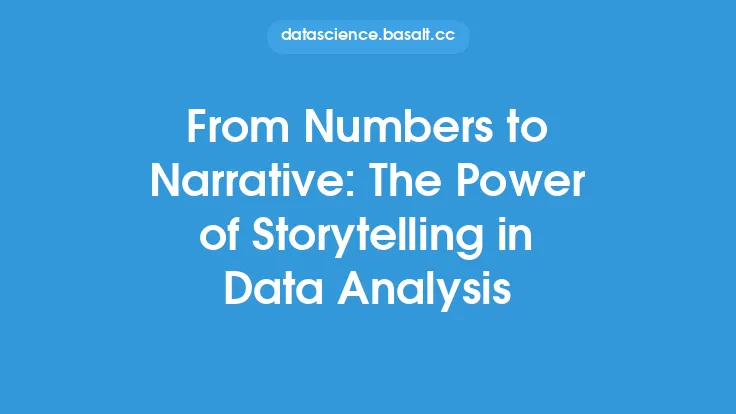In the realm of business data analysis and interpretation, the ability to effectively communicate insights and findings is just as crucial as the analysis itself. This is where storytelling comes into play, serving as a powerful tool to convey complex data insights in a clear, concise, and engaging manner. Storytelling in business data analysis and interpretation involves using narrative techniques to present data in a way that is easy to understand, relatable, and actionable. By leveraging storytelling, businesses can unlock the full potential of their data, driving better decision-making, improved collaboration, and ultimately, greater success.
Introduction to Storytelling in Business Data Analysis
Storytelling in business data analysis is not just about presenting data; it's about creating a narrative that resonates with the audience, whether it's stakeholders, team members, or clients. This narrative should be built around the insights derived from the data, highlighting trends, patterns, and correlations in a way that tells a story. Effective storytelling in this context requires a deep understanding of the data, the audience, and the message that needs to be conveyed. It involves selecting the right data visualization tools, crafting a compelling narrative, and presenting the story in a way that engages and informs the audience.
The Importance of Storytelling in Data Interpretation
The importance of storytelling in data interpretation cannot be overstated. Data, on its own, is merely a collection of numbers and statistics. It's the interpretation of this data, and the story that it tells, that gives it meaning and relevance. Storytelling helps to contextualize the data, making it more accessible and understandable to non-technical stakeholders. It also facilitates the identification of key trends and patterns, enabling businesses to make informed decisions based on data-driven insights. Furthermore, storytelling can help to build a narrative around the data, making it more memorable and increasing the likelihood that insights will be acted upon.
Key Elements of Effective Storytelling in Business Data Analysis
Effective storytelling in business data analysis involves several key elements. First and foremost, it's essential to have a clear understanding of the audience and the message that needs to be conveyed. This will help to guide the selection of data, the creation of the narrative, and the presentation of the story. Second, the story should be built around a clear and concise insight or recommendation, avoiding unnecessary complexity and jargon. Third, data visualization tools should be used to support the narrative, making the data more engaging and easier to understand. Finally, the story should be presented in a way that is engaging, interactive, and accessible, using techniques such as animation, video, and interactive dashboards to bring the data to life.
Technical Aspects of Storytelling in Business Data Analysis
From a technical perspective, storytelling in business data analysis involves the use of various tools and techniques to create interactive and dynamic data visualizations. This can include the use of data visualization software such as Tableau, Power BI, or D3.js, as well as programming languages such as Python or R. Additionally, storytelling in business data analysis often involves the use of statistical and machine learning techniques to identify trends and patterns in the data, and to create predictive models that can inform business decisions. Other technical aspects of storytelling in business data analysis include data mining, data warehousing, and big data analytics, all of which play a critical role in uncovering insights and creating a compelling narrative around the data.
Best Practices for Storytelling in Business Data Analysis
To get the most out of storytelling in business data analysis, there are several best practices that should be followed. First, it's essential to keep the story simple and focused, avoiding unnecessary complexity and technical jargon. Second, the story should be built around a clear and concise insight or recommendation, with a clear call to action. Third, data visualization tools should be used to support the narrative, making the data more engaging and easier to understand. Fourth, the story should be presented in a way that is interactive and accessible, using techniques such as animation, video, and interactive dashboards to bring the data to life. Finally, it's essential to test and refine the story, gathering feedback from stakeholders and making adjustments as needed to ensure that the story is effective and engaging.
Challenges and Limitations of Storytelling in Business Data Analysis
While storytelling is a powerful tool in business data analysis, there are also several challenges and limitations that need to be considered. One of the main challenges is ensuring that the story is accurate and trustworthy, avoiding biases and misconceptions that can arise from the interpretation of the data. Another challenge is presenting complex data insights in a way that is simple and easy to understand, without oversimplifying or losing the nuance of the data. Additionally, storytelling in business data analysis often requires a high degree of technical expertise, which can be a barrier for non-technical stakeholders. Finally, there is also the risk of over-reliance on storytelling, where the narrative becomes more important than the data itself, leading to poor decision-making and a lack of accountability.
Future of Storytelling in Business Data Analysis
The future of storytelling in business data analysis is exciting and rapidly evolving. With the increasing use of artificial intelligence and machine learning, businesses will have access to more sophisticated tools and techniques for analyzing and interpreting data. This will enable the creation of more complex and nuanced stories, using techniques such as natural language processing and predictive analytics to uncover insights and identify trends. Additionally, the use of virtual and augmented reality will become more prevalent, enabling businesses to present data in a more immersive and interactive way. Finally, the increasing importance of data-driven decision-making will drive the adoption of storytelling in business data analysis, as businesses seek to unlock the full potential of their data and drive greater success.
